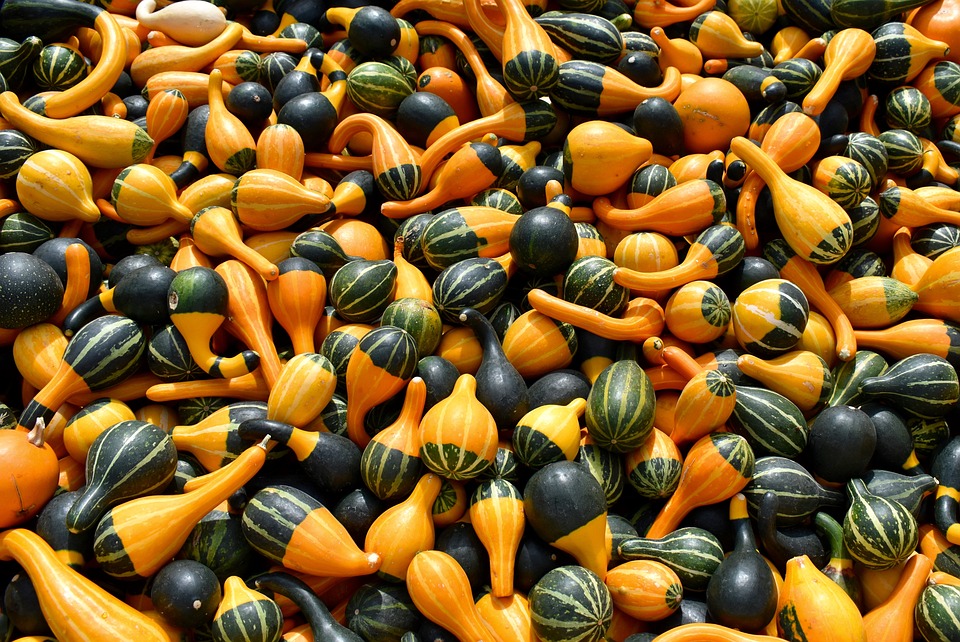Sustainable Gardening 101: Techniques for a Greener Garden
As a seasoned off-grid dweller and sustainable farming enthusiast, I have spent years honing my skills in sustainable gardening. It has not only provided me with a bountiful harvest, but also a deep sense of satisfaction knowing that I am doing my part to protect the environment. Sustainable gardening is not just a trend, but a way of life that benefits both the planet and its inhabitants. In this article, I will share some techniques and tips for creating a greener garden that will help you reduce your environmental impact and grow healthy, nutritious produce.
One of the most important aspects of sustainable gardening is water conservation. With the increasing scarcity of water in many parts of the world, it is crucial to find ways to minimize water usage in the garden. One technique that I have found to be incredibly effective is rainwater harvesting. By collecting rainwater in barrels or cisterns, you can reduce your reliance on municipal water sources and ensure that your garden has access to a free, renewable resource. Additionally, using a drip irrigation system can help to deliver water directly to the roots of your plants, minimizing evaporation and waste.
Another key technique for sustainable gardening is composting. By composting kitchen scraps, yard waste, and other organic materials, you can create a rich, nutrient-dense soil amendment that will nourish your plants and reduce the need for chemical fertilizers. Composting not only helps to divert waste from landfills, but also promotes healthy soil biology and reduces greenhouse gas emissions. I have found that incorporating compost into my garden has improved the overall health and productivity of my plants, leading to larger yields and fewer pest and disease problems.
In addition to water conservation and composting, sustainable gardening also involves using natural pest control methods. Instead of relying on synthetic pesticides, which can harm beneficial insects and pollinators, I use companion planting and biological controls to manage pests in the garden. For example, planting marigolds and nasturtiums alongside vegetables can deter harmful insects, while attracting beneficial ones. I also encourage the presence of natural predators, such as ladybugs and lacewings, to help keep pest populations in check. These methods not only protect the ecosystem, but also promote a healthy balance in the garden.
Pro Tips:
– Use natural mulch, such as straw or wood chips, to retain moisture in the soil and suppress weeds.
– Incorporate native plants into your garden to support local wildlife and promote biodiversity.
Furthermore, sustainable gardening involves creating a habitat for pollinators, such as bees and butterflies. By planting a diverse array of nectar-rich flowers, you can attract and support these essential pollinators, which play a crucial role in the reproduction of many plants. I have found that by providing a welcoming environment for pollinators, my garden has experienced increased fruit and seed production, leading to a greater overall yield.
Lastly, sustainable gardening also encompasses the use of heirloom and open-pollinated seeds. By choosing seeds that have been saved and passed down through generations, you are not only preserving genetic diversity, but also promoting plants that are well adapted to your specific growing conditions. Heirloom and open-pollinated varieties often exhibit greater resistance to pests and diseases, as well as superior flavor and nutrition. I have found that by selecting and saving my own seeds, I am contributing to the preservation of valuable plant genetics and ensuring the resilience of my garden for years to come.
In conclusion, sustainable gardening is a holistic approach to cultivating a greener, more environmentally-friendly garden. By implementing techniques such as water conservation, composting, natural pest control, and supporting pollinators, you can create a thriving ecosystem that produces healthy, nutritious food while minimizing your impact on the planet. With a little effort and creativity, you can transform your garden into a sustainable oasis that will benefit both you and the environment for years to come.



